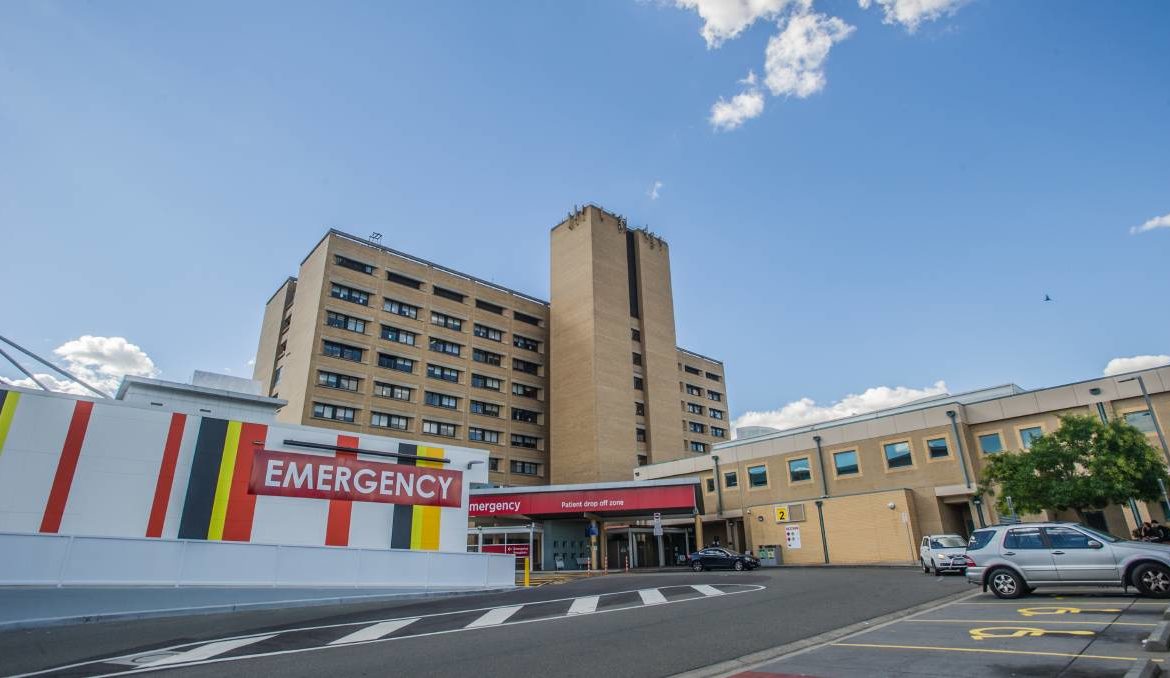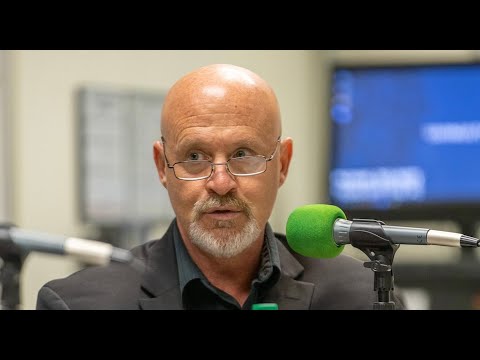news, act-politics,
Canberrans are waiting longer than ever to be treated for mental health conditions at emergency departments. The latest data reveals just 38 per cent of people who turn up at Canberra Hospitals for psychiatric care are being treated within clinically-appropriate times. ACT’s performance is well below the national average of 65 per cent of patients treated on time. The figures for 2018-19 – the most recently available year- were contained in the Productivity Commission’s latest report on government performance. They showed a steady decline in the timeliness of mental health treatment in the ACT, with 60 per cent of patients seen on time two years earlier. The increase in wait times came despite a significant boost in the number of available psychiatric beds in Canberra hospitals, up to 122 from 89 in 2017-18. The ACT government also increased mental health funding by $11 million in 2018-19. The report showed the territory’s ambulance service continued to meet performance targets in 2019-20. The median response time for a code one call out was 8.9 minutes, among the quickest in the country. However Canberrans were more likely to delay primary care medical treatment than residents in any other jurisdiction except Tasmania. In the ACT, 7.8 per cent of people delayed or did not see a general practitioner because of the cost. Canberra’s acute mental health services, usually at Canberra Hospital, frequently come under pressure continued to come under capacity strain. Doctors say the lack of beds is a cause of bed block across the whole hospital. The hospital was placed onto partial ambulance bypass – meaning incoming non- critical patients are diverted to other hospitals – a number of times in 2020 after it reported a large influx of patients. Health Minister Rachel Stephen-Smith said at the time high numbers of mental health patients could be partly behind the increased presentations. The productivity commission data also reaffirmed Canberra’s emergency departments had the longest overall wait times in the country. Just 48 per cent of all people presenting to emergency departments in the territory were treated on time in 2019-20. That’s well below the national average of 74 per cent of people seen on time. The next worst performing jurisdictions were South Australia and Tasmania, both on 65 per cent. The territory performed worst among urgent – or category 3 – patients, with just 28 per cent at Canberra Hospital and 42 per cent at Calvary Public Hospital treated on time. READ MORE: The ACT also recorded the longest median wait times for its emergency departments in the country, at 44 minutes. It was more than double the national median wait time of 17 minutes. The report found total government spending on health services across Australia was estimated to be $115 billion in 2018-19, the most recent year of available data. Most of that money – $72 billion – went to public hospitals, while $38.7 billion went to primary and community services.
/images/transform/v1/crop/frm/fdcx/doc6udprzq2xyrbp0i2iie.jpg/r10_218_4245_2611_w1200_h678_fmax.jpg
Canberrans are waiting longer than ever to be treated for mental health conditions at emergency departments.
The latest data reveals just 38 per cent of people who turn up at Canberra Hospitals for psychiatric care are being treated within clinically-appropriate times.
ACT’s performance is well below the national average of 65 per cent of patients treated on time.
The figures for 2018-19 – the most recently available year- were contained in the Productivity Commission’s latest report on government performance.
They showed a steady decline in the timeliness of mental health treatment in the ACT, with 60 per cent of patients seen on time two years earlier.
The increase in wait times came despite a significant boost in the number of available psychiatric beds in Canberra hospitals, up to 122 from 89 in 2017-18.
The ACT government also increased mental health funding by $11 million in 2018-19.
The report showed the territory’s ambulance service continued to meet performance targets in 2019-20.
The median response time for a code one call out was 8.9 minutes, among the quickest in the country.
However Canberrans were more likely to delay primary care medical treatment than residents in any other jurisdiction except Tasmania.
In the ACT, 7.8 per cent of people delayed or did not see a general practitioner because of the cost.
Canberra’s acute mental health services, usually at Canberra Hospital, frequently come under pressure continued to come under capacity strain.
Doctors say the lack of beds is a cause of bed block across the whole hospital.
The hospital was placed onto partial ambulance bypass – meaning incoming non- critical patients are diverted to other hospitals – a number of times in 2020 after it reported a large influx of patients.
Health Minister Rachel Stephen-Smith said at the time high numbers of mental health patients could be partly behind the increased presentations.
The productivity commission data also reaffirmed Canberra’s emergency departments had the longest overall wait times in the country.
Just 48 per cent of all people presenting to emergency departments in the territory were treated on time in 2019-20.
That’s well below the national average of 74 per cent of people seen on time.
The next worst performing jurisdictions were South Australia and Tasmania, both on 65 per cent.
The territory performed worst among urgent – or category 3 – patients, with just 28 per cent at Canberra Hospital and 42 per cent at Calvary Public Hospital treated on time.
The ACT also recorded the longest median wait times for its emergency departments in the country, at 44 minutes. It was more than double the national median wait time of 17 minutes.
The report found total government spending on health services across Australia was estimated to be $115 billion in 2018-19, the most recent year of available data.
Most of that money – $72 billion – went to public hospitals, while $38.7 billion went to primary and community services.







